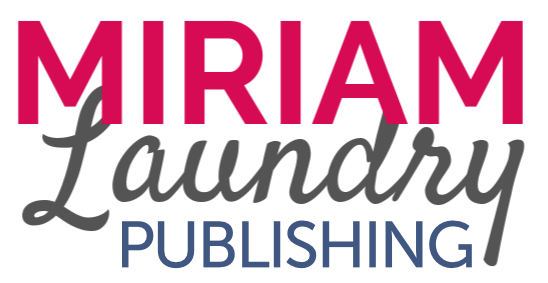Whether you’re new to writing or have been inventing stories since you could hold a pencil, you’ve probably heard the term “point of view”. It’s one of storytelling’s most important mechanics, shaping the tone of your writing. In this blog, you’ll discover exactly what point of view (POV) is, the three different types you can use in picture books, and why it matters.
What is Point of View?
In writing, point of view is the perspective used to tell a story. There are two things to consider when looking at POV: who is telling the story and how they’re telling it.
Who is telling the story?
The character telling the story is known as the narrator. The narrator can be a character in the story, an anonymous speaker, or the author themself. When creating a point of view, you must choose who will tell the story.
How are they telling the story?
Once you’ve chosen a narrator, you must decide how they will communicate their point of view. There are three different narrative voices your narrator can use: first person, second person, or third person. Below we’ll dive into each of these POVs and when to use them.
The Three Types of Point of View
First Person
Often associated with narrators who are characters within a story, first person is when the narrator uses pronouns such as “I”, “me”, “we”, and “us” to describe the plot. You can think of it like a character retelling their own experiences.
Examples of first person storytelling:

“On Christmas Eve, many years ago, I lay quietly in my bed. I did not rustle the sheets. I breathed slowly and silently.” — The Polar Express by Chris Van Allsburg
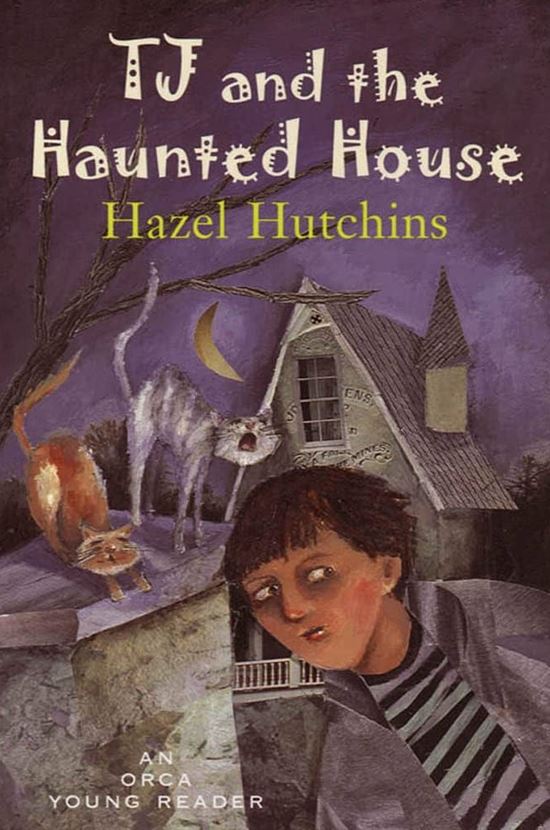
“My name is TJ Barnes and I don’t believe in ghosts — but my friend Seymour does.” — TJ and the Haunted House by Hazel Hutchins
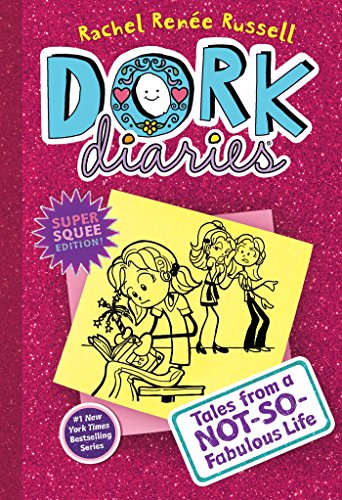
“Okay. I know I said I’d never write in this diary again. I meant it at the time. I’m definitely not the kind of girl who curls up with a diary and a box of Godiva chocolates to write a bunch of really sappy stuff about my dreamy boyfriend, my first kiss, or my overwhelming ANGST about the HORRIFIC discovery that I’m a PRINCESS of a small French-speaking principality and now worth MILLIONS.” — Dork Diaries: Tales from a Not-So-Fabulous Life by Rachel Renée Russell
Interested in Writing a Children's Book?
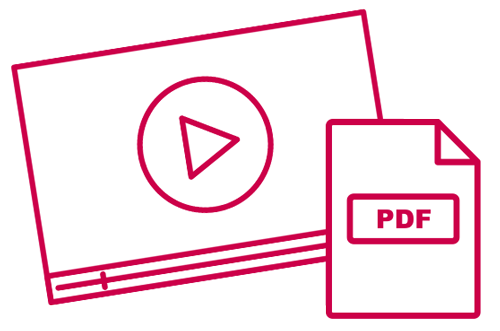
Second Person
Second person point of view is when the narrator speaks directly to the reader, using pronouns such as “you”, “your”, “you’re”, etc. This kind of storytelling can also be known to break the fourth wall by inviting the reader into the story.
Examples of second person storytelling:
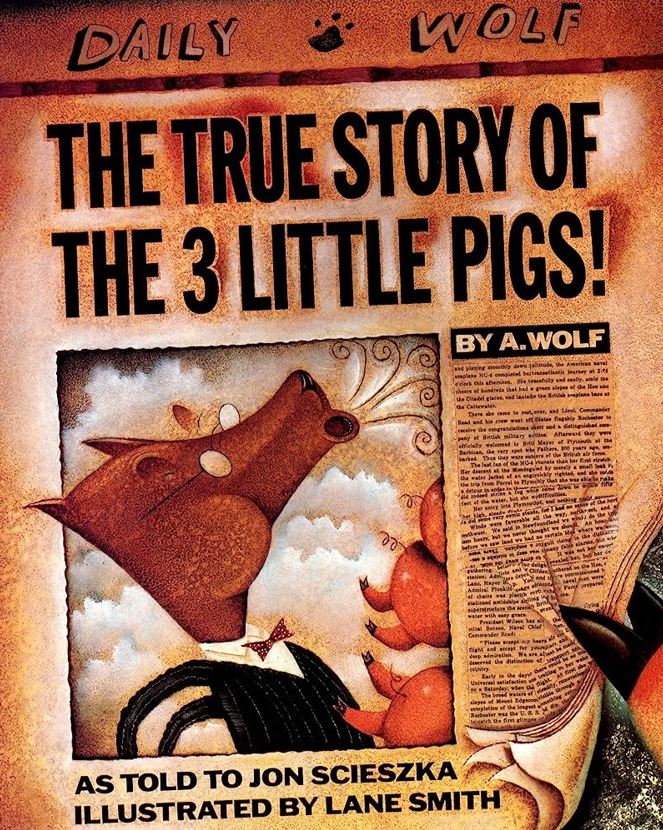
“Everybody knows the story of the Three Little Pigs. Or at least they think they do. But I’ll let you in on a little secret. Nobody knows the real story.” — The True Story of the Three Little Pigs by Jon Scieszka

“Do you know how to get to Niagara Falls? Let me tell you.” — Geronimo Stilton: Field Trip to Niagara Falls by Edizioni Piemme S.p.A
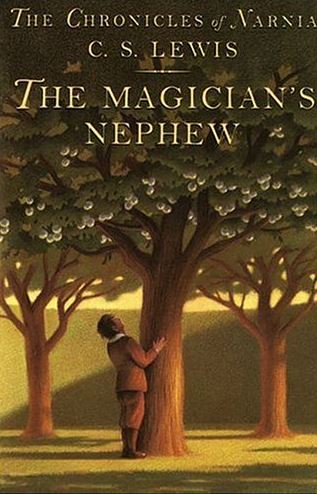
“This is a story about something that happened long ago when your grandfather was a child. It is a very important story because it shows how all the comings and goings between our own world and the land of Narnia first began.” — The Chronicles of Narnia: The Magician’s Nephew by C.S. Lewis
Third Person
The final, and most common, point of view in children’s books is third person POV. This is when the narrator is not a character in the story and does not bring the reader into the equation. You can think of third person narration as an anonymous person reading to an audience.
Examples of third person storytelling:

“When Andrew came downstairs, there were three big red apples in the middle of the table. And even though he had a loose tooth, he decided to eat an apple.” — Andrew’s Loose Tooth by Robert Munsch
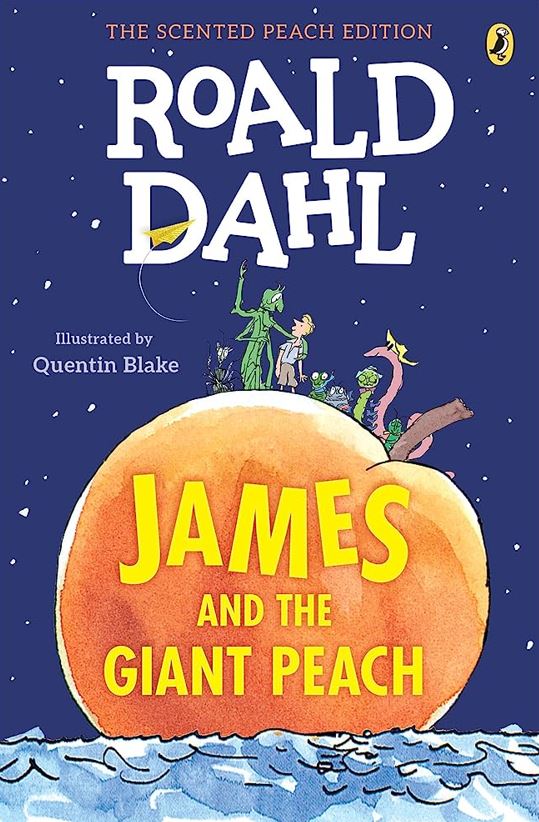
“Until he was four years old, James Henry Trotter had a happy life. He lived peacefully with his mother and father in a beautiful house beside the sea. There were always plenty of other children for him to play with, and there was the sandy beach for him to run about on, and the ocean to paddle in. It was the perfect life for a small boy.” — James and the Giant Peach by Roald Dahl
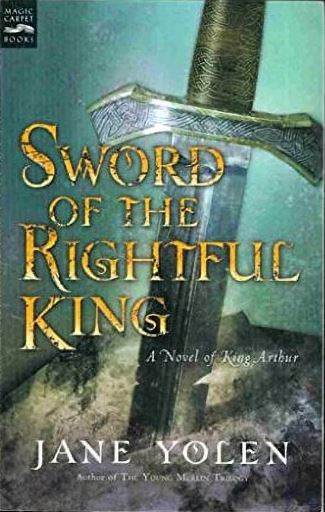
“Prince Gawaine took the stone steps two at a time, trying to guess why his mother, the queen, had sent for him.” — Sword of the Rightful King by Jane Yolen
Third Person Omniscient v. Third Person Limited
Many first-time writers don’t realize this, but there are actually two subtypes of the third person point of view: omniscient and limited.
In third person omniscient POV, the narrator can recite details from any time, any place, and any character. In other words, this narrator knows all there is to know about the story and is not restricted to any one character’s experience.
For example:
Jerry’s stomach twisted into a knot as he swished the cereal around in his mouth. The waitress must’ve mistaken my order, he thought.
Seeing the disgusted look on Jerry’s face, Frank scowled. Who orders cereal for dinner anyways? he thought.
In this example, the narrator tells us about Jerry AND Frank’s personal experiences, giving us a glimpse into their thoughts and feelings.
In third person limited POV, the narrator can only recite details from the main character’s experience, as if the narrator is looking through the main character’s eyes.
For example:
Susan flipped through the catalogue, searching for the perfect invitations for her upcoming wedding. One design caught her eye, but when she asked George for his opinion, his nose crinkled and his eyebrows furrowed. That won’t do, Susan thought. It seems George doesn’t like these ones.
In this example, we read only information Susan could know. The narrator tells us how Susan feels and what she thinks, but we can only infer about George’s emotions based on Susan’s observations. We do not get an inside glimpse of George’s personal thoughts and feelings, making this narrator third person limited.
Interested in Writing a Children's Book?

How to Use Point of View in a Picture Book
When it comes to picture books, you can use any of the three point of view types: first, second, or third. Here are the pros and cons of each so you can pick the best one for your book:
Third Person in Picture Books: Pros v. Cons
Third person is most common since children are familiar with having stories told/read to them, and the anonymous narrator mimics that voice.
When using third person point of view, you can look forward to these benefits:



Here are some things to watch out for:

First Person in Picture Books: Pros v. Cons
First person is the second most common, with some stories using this POV, but not the majority. Here are first person’s best bits:



Here are some things to consider:



Second Person in Picture Books: Pros v. Cons
Second person is the least common point of view in picture books, for a variety of reasons. Here are the upsides of this POV:



But these are the cons:



Overall, point of view is an essential part of any story. As children’s authors, its our responsibility to pick the POV that best suits our stories and our intentions for those stories. And if you ever can’t decide, try out all three. Then, pick the one that feels the best!
Want to learn more about writing for children? Follow me on Facebook or Instagram for more free tips & trainings.
Looking for more blogs on writing? Check out all my writing-related posts HERE.
